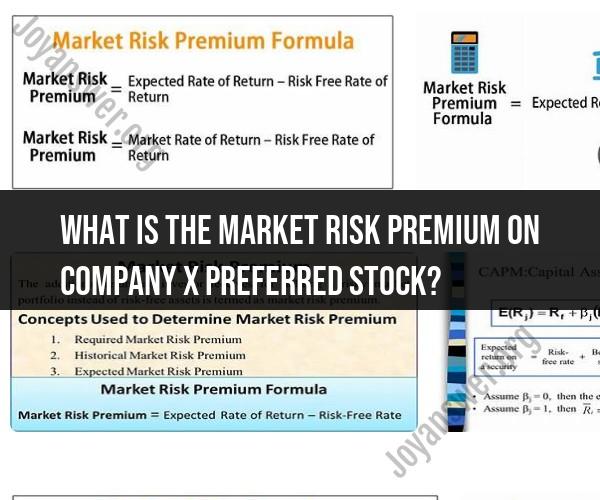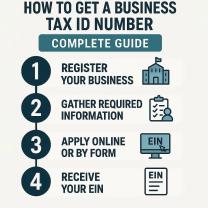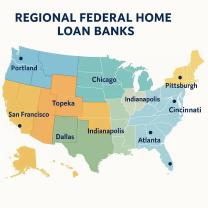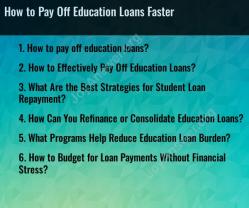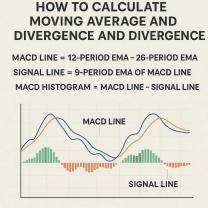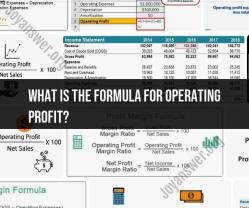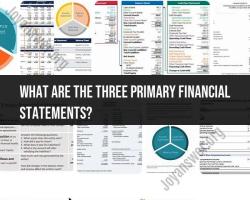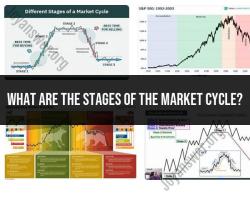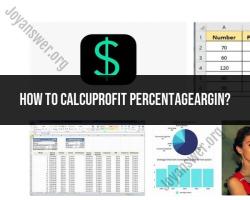What is the market risk premium on company X preferred stock?
The market risk premium on a preferred stock or any investment asset is typically not a fixed value associated with a specific company or security. Instead, the market risk premium represents the additional return that investors expect to earn above the risk-free rate of return for investing in the overall stock market or a broad market index.
Here's how you can understand and calculate the market risk premium:
Risk-Free Rate: Start by determining the risk-free rate, which is typically represented by the yield on a government bond with a maturity similar to your investment horizon. Government bonds are considered risk-free because they are backed by the government and are assumed to have no default risk.
Expected Market Return: Next, estimate the expected return of the overall stock market. You can use historical average returns of a broad market index like the S&P 500 as a rough estimate. This represents the average return investors expect to earn from investing in a diversified portfolio of stocks.
Calculate the Market Risk Premium: The market risk premium is calculated as the difference between the expected market return and the risk-free rate. The formula is as follows:
For example, if the expected return of the stock market is 10% and the risk-free rate is 2%, the market risk premium would be:
This means investors expect to earn an 8% premium over the risk-free rate for investing in the stock market.
Now, it's important to note that the risk associated with a specific company's preferred stock, like Company X preferred stock, may be different from the overall market risk premium. The risk associated with a particular stock depends on factors such as the financial health of the company, industry conditions, and specific characteristics of the preferred stock (e.g., dividend rate, call features, and seniority).
To evaluate the market risk premium associated with Company X preferred stock, you would typically assess the overall market risk premium as described above and then consider any additional risks specific to Company X. These additional risks would affect the required rate of return for investing in Company X's preferred stock.
In practice, investors and analysts often use various financial models and risk assessment techniques to estimate the required rate of return for specific stocks or investments, taking into account both market risk and company-specific risk factors. This rate can then be compared to the prevailing market risk premium to make investment decisions.
